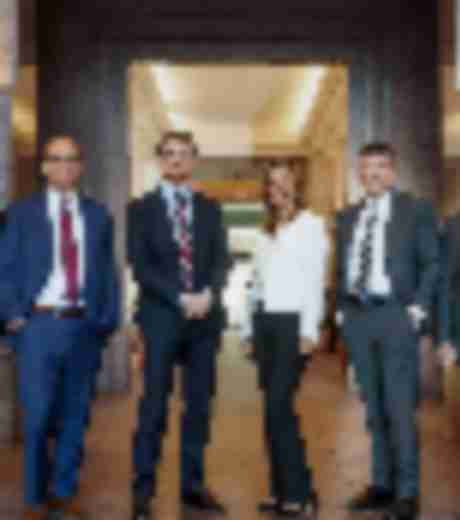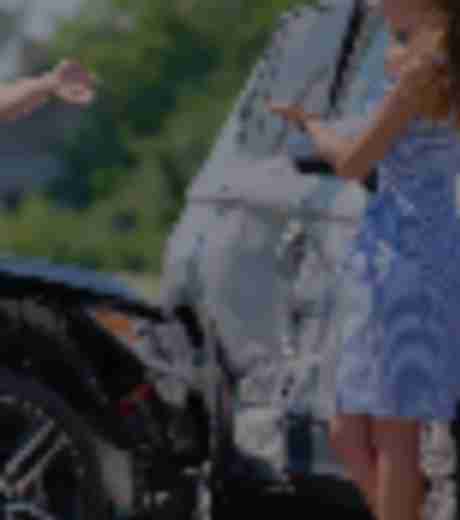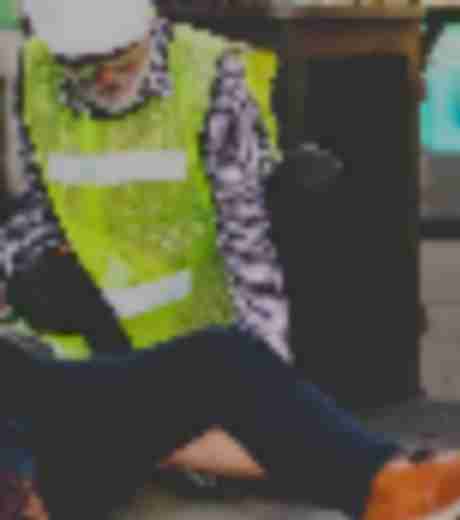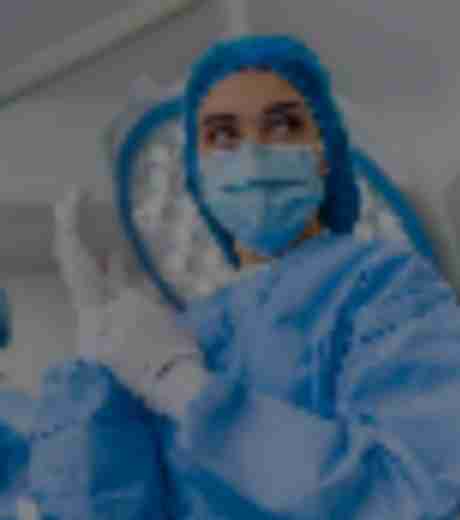Tesla car “exonerated” in first self-driving auto fatality
In 2016, a self-driving Tesla automobile collided with an 18-wheeler, killing the “robot” car’s human occupant. The National Transportation Safety Board has concluded its investigation of the accident, believed to the world’s first fatality involving an autonomous vehicle.
The crash confirmed the fears of people who are reluctant to trust their lives to self-driving cars and trucks. Yet the NTSB’s final report places the blame with the truck driver, the Tesla driver who was killed, and the Tesla company. The self-driving technology itself did not necessarily fail.
Both Human Drivers Were Partly To Blame
Joshua Brown was test-driving a Tesla Model S in Florida in May 2016 when it crashed into the side of a tractor-trailer at an intersection. Brown was driving the all-electric car in Autopilot mode; the car operates itself while the driver sits in the driver’s seat. Brown was killed instantly when the car’s windshield was sheared off as it went under the truck.
Early indications were that the robot car had failed to “see” the white side of the truck against a light blue sky, a sign that self-driving cars are not yet ready for driving in real traffic. But in the final analysis, most of the blame was placed on driver distraction and human error:
- The driver of the truck made a left turn at an uncontrolled intersection, failing to give oncoming traffic sufficient time to avoid a collision.
- Brown had engaged the Autopilot in violation of company policy; the stretch of highway did not have the requisite marked lanes, medians, and exit/entrance ramps.
- The Autopilot alerted Brown and urged him to take the controls as much as seven seconds before the crash.
Autonomous Cars Make It Too Easy For Drivers To Tune Out
While pointing out how the drivers were negligent, federal investigators did not let Tesla off the hook. The Autopilot system is designed to assist human drivers, but in many cases those drivers abdicate all control and stop paying attention to the road. This appears to be what happened in Brown’s death. “The combined effects of human error and the lack of sufficient system controls resulted in a fatal collision that should not have happened,” said NTSB Chairman Robert Sumwalt.
This supports recent research that shows that safety technology – such as crash avoidance warnings, automatic braking and automatic parallel parking – is already causing driving skills to deteriorate. Instead of two hands on the wheel and eyes scanning the road, drivers are getting complacent. Their mind drifts and their hands relax, or they engage in multi-tasking and distractions such as smartphones.
Source: Tesla Bears Some Blame For Self-Driving Crash Death
Get in Touch
Schedule a Free Initial Consultation
At Kennedy, Johnson, Schwab & Roberge, P.C., we handle all cases on a contingency fee basis. This means that we do not get paid unless and until you receive a settlement or a jury award.
Schedule a free, confidential consultation with a skilled Connecticut personal injury lawyer today.








